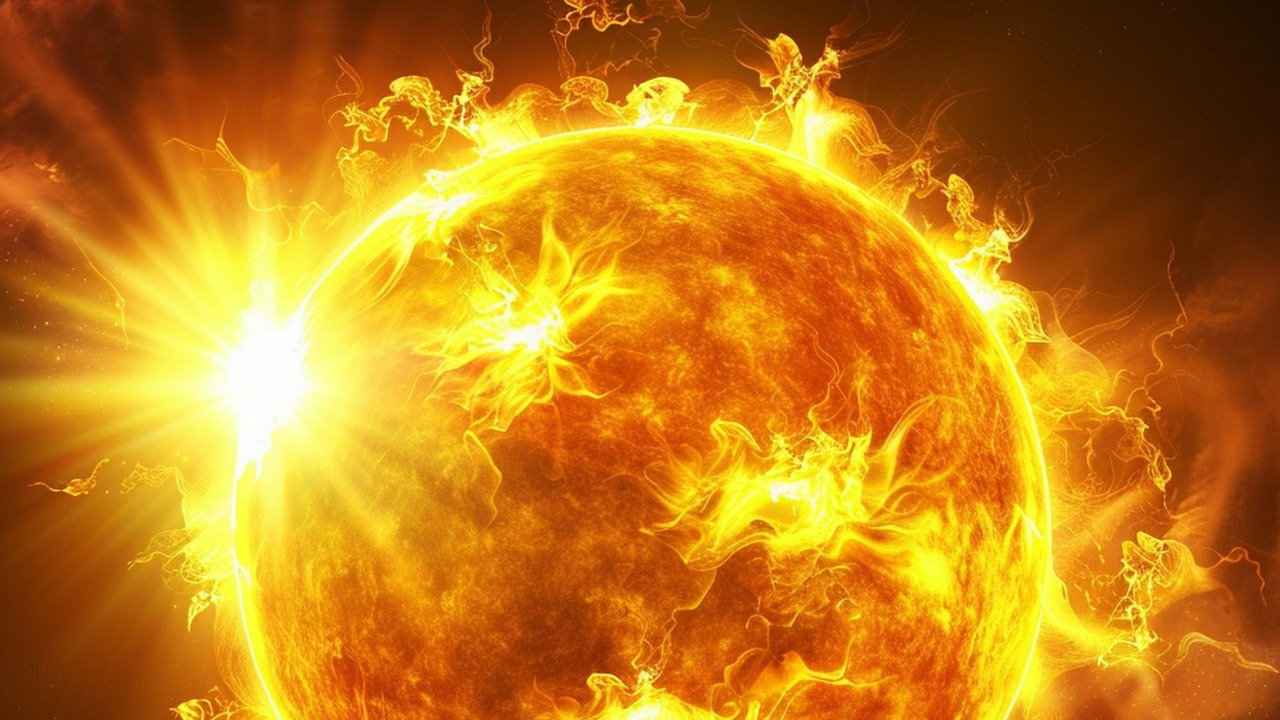
A mysterious interstellar object has recently captured the attention of astronomers worldwide. This enigmatic visitor, observed sprouting a tendril-like structure extending toward the Sun, challenges existing models of cosmic wanderers. The development follows its initial detection as an extraterrestrial object passing through our solar system, raising questions about its origins and behavior.
Discovery and Initial Observations
The object in question has been classified as an interstellar visitor, a rare category of celestial bodies that originate from outside our solar system. Its trajectory and speed upon entry were confirmed by telescope data, marking it as a unique phenomenon. Unlike typical solar system objects, this visitor’s path and velocity suggest it is not bound by the Sun’s gravitational pull, indicating an origin from a distant star system. Initial imaging revealed an unusual shape and composition, with spectral analysis suggesting non-cometary origins. This analysis challenges the conventional understanding of such objects, as it lacks the typical icy composition associated with comets.
On October 20, 2025, astronomers made a key observation when the tendril was first spotted. This discovery was made using some of the most advanced telescopes available, which captured detailed images of the object. The telescopes involved in this detection provided crucial data that has since been the focus of intense study and speculation. The object’s unusual characteristics have prompted a reevaluation of what is known about interstellar visitors and their potential interactions with our solar system.
The Emergence of the Tendril
The tendril’s physical characteristics are particularly intriguing. It appears to be oriented directly toward the Sun, with a notable growth rate that has been documented through sequential images. This feature sets it apart from typical solar system objects like comets, which usually display tails due to solar radiation and wind. The tendril’s sudden appearance, without prior signs of outgassing, adds to the mystery surrounding this object. Unlike cometary tails, which form gradually as the comet approaches the Sun, this tendril seems to have emerged spontaneously.
Following the discovery, astronomers have been closely monitoring the object to track the tendril’s stability and any changes in the object’s overall structure. These efforts aim to understand the underlying mechanisms driving this phenomenon. The monitoring has involved a series of follow-up observations, which are crucial for determining whether the tendril will persist or if it might undergo further transformations as the object continues its journey through the solar system.
Scientific Interpretations and Theories
Several hypotheses have been proposed to explain the formation of the tendril. One leading theory suggests gravitational influences or internal processes within the object itself could be responsible. Some experts speculate that the tendril might result from interactions with solar radiation or magnetic fields, which could induce such a structure. Others consider the possibility of internal processes, such as outgassing from volatile materials beneath the object’s surface, although this seems less likely given the lack of typical cometary features.
The potential for artificial origins has also been discussed, drawing comparisons to known interstellar objects like ‘Oumuamua. While the idea of an artificial structure is intriguing, most scientists remain cautious, emphasizing the need for more data before drawing definitive conclusions. The object’s distance and velocity pose significant challenges for data interpretation, prompting calls for additional instrumentation to enhance observational capabilities. These challenges highlight the need for advanced technology to study such distant and fast-moving objects effectively.
Implications for Astronomy
This event has significant implications for the field of astronomy, particularly in refining models of interstellar object dynamics and their interactions with the solar system. The observations could lead to new insights into how such objects behave when they encounter the Sun’s gravitational and magnetic fields. As speculated in recent reports, this could refine existing models and improve predictions about the behavior of future interstellar visitors.
Moreover, the discovery underscores the importance of upgrading observation networks to better detect and study these rare cosmic visitors. Enhanced detection capabilities could provide more opportunities to observe similar phenomena, offering valuable data that could reshape our understanding of the universe. Additionally, the object’s proximity to the Sun raises questions about potential environmental effects, such as heating or fragmentation risks, which could further influence its structure and behavior.
In conclusion, the mysterious interstellar object with its tendril-like structure presents a fascinating puzzle for astronomers. As researchers continue to study this enigmatic visitor, the insights gained could have far-reaching implications for our understanding of interstellar phenomena and the broader dynamics of our solar system. For more detailed information, you can refer to the primary reporting.